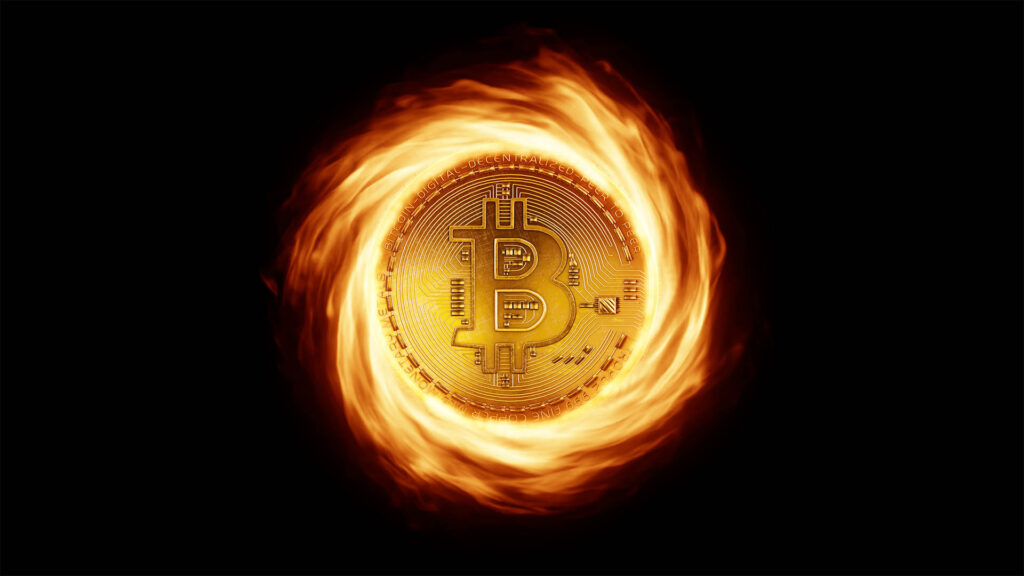Bitcoin has soared past the US$90,000 mark, driven by a combination of political and economic factors following Donald Trump’s presidential election win on 5 November. The cryptocurrency reached an all-time high of $93,300 on 13 November. It’s currently trading at US$89,294.03 as of the time of writing.
The rally has been accompanied by an influx of new investors, with 230,000 new Bitcoin addresses created since the election, bringing the total to 54.6 million. Analysts attribute the surge to a mix of optimism around Trump’s pro-crypto stance, a recent Federal Reserve interest rate cut, and increased participation from both corporate and retail investors.
Market data shows a sharp 35% price increase in Bitcoin from US$67,000 on 5 November to its peak eight days later. Even with a slight 5% pullback since, Bitcoin remains resilient. This stability has been bolstered by dip-buying activity from both new and existing investors.
The post-election rally has also been fuelled by institutional moves, including MicroStrategy’s US$42bn Bitcoin acquisition plan and record-breaking inflows into Bitcoin ETFs. Over US$2bn of capital flowed into Bitcoin ETFs on 11 and 12 November alone, with the BlackRock iShares Bitcoin Trust leading the charge, now managing over US$40bn in assets.
Despite the global excitement around Bitcoin, Reserve Bank of Australia Governor Michele Bullock dismissed its role in the Australian economy. Speaking at the annual Australian Securities and Investments Commission forum last Thursday, Bullock asserted that Bitcoin is not a currency but a speculative asset. “Don’t call it an alternative currency,” she said. “It’s not a currency, it’s not money, it’s being used as some sort of asset class.”
“I don’t understand it. I don’t really see a role for it, certainly in the Australian economy or the payments system. Not sure of the purpose of it.”
ASIC chairman Joseph Longo described demand for it as the “bigger fool theory” and said ‘Who cares?” during a panel discussion about the price surge.

